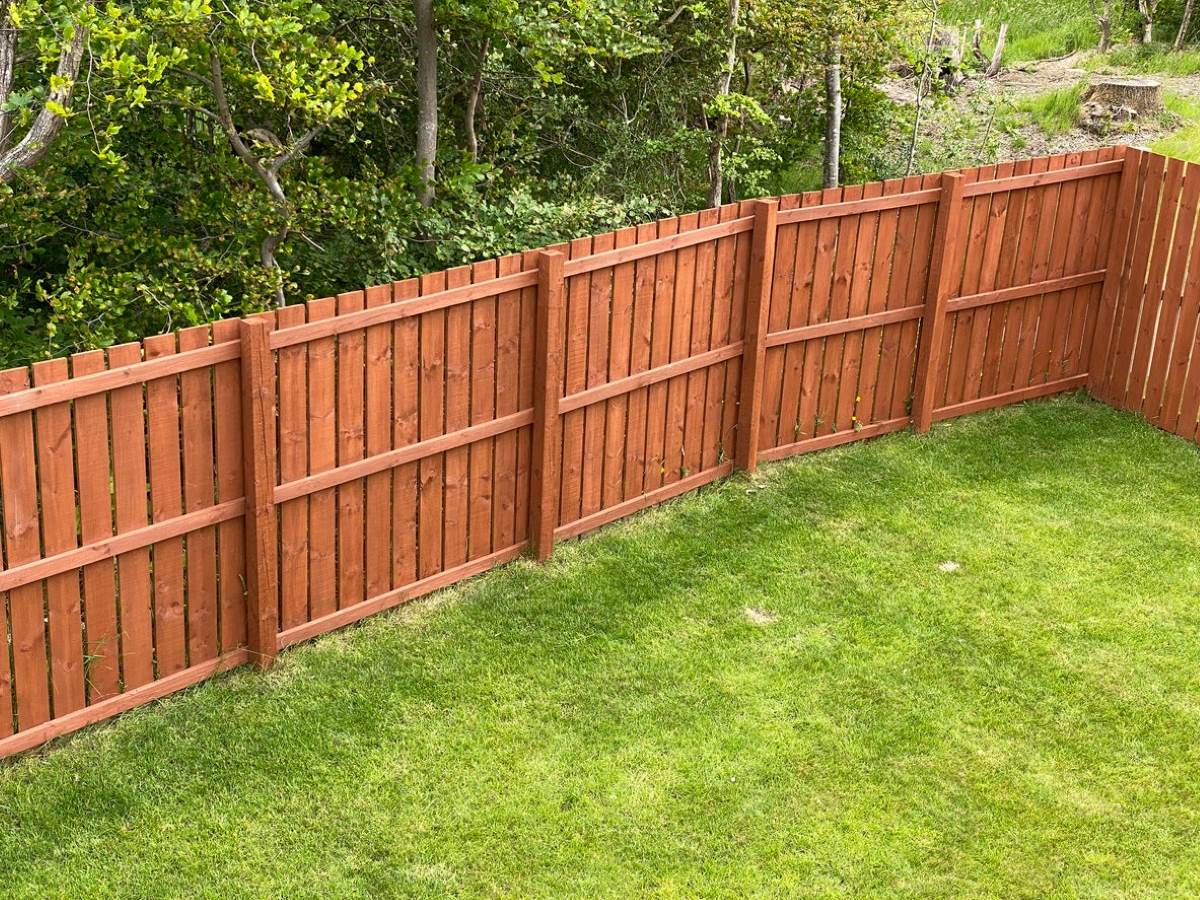

Articles
How Much To Install A Wooden Fence
Modified: December 7, 2023
Find articles on how much it costs to install a wooden fence and get expert tips and advice. Gain insights on budgeting and hiring professionals.
(Many of the links in this article redirect to a specific reviewed product. Your purchase of these products through affiliate links helps to generate commission for Storables.com, at no extra cost. Learn more)
Introduction
Installing a wooden fence is not only a great way to add privacy to your property, but it also enhances the aesthetics and value of your home. However, before embarking on this project, it is important to understand the factors that can affect the cost of installation.
When it comes to installing a wooden fence, there are several key elements to consider. These include factors such as the type of wooden fence you choose, the materials required, labor costs, additional expenses, and whether you will hire a professional or opt for a DIY approach. By understanding these factors, you can make informed decisions and budget accordingly.
In this article, we will delve into these aspects of wooden fence installation costs and provide valuable insights to help you plan your project effectively and efficiently.
Key Takeaways:
- Installing a wooden fence involves various cost factors, including materials, labor, and additional expenses. Understanding these factors and considering DIY options can help you make an informed decision that aligns with your budget and preferences.
- Researching suppliers, considering alternative materials, and collaborating with neighbors can help save money on wooden fence installation. Balancing cost savings with quality ensures a durable and visually appealing fence that meets your needs.
Read more: How Much Would A Wooden Fence Cost
Factors Affecting Cost
Several factors influence the cost of installing a wooden fence. By understanding these factors, you can better estimate the overall expense and make informed decisions based on your budget and preferences. Here are some key factors to consider:
- Size and Length: The size and length of the fence are major determinants of the cost. Longer fences require more materials and labor, resulting in higher costs. Additionally, taller fences tend to be more expensive due to the increased amount of material required.
- Type of Wood: The type of wood you choose for your fence can significantly impact the cost. Common options include cedar, pine, redwood, and oak. Each type of wood varies in price, durability, and maintenance requirements, contributing to differences in cost.
- Style and Design: The style and design of the fence also play a role in determining the cost. Intricate designs or custom patterns may require additional labor and materials, increasing the overall expense.
- Location and Terrain: The location of your property and the terrain it sits on can affect the cost of installation. If the area is difficult to access or has uneven ground, the labor required may be more intensive, resulting in higher costs.
- Permits and Regulations: Depending on your local municipality, permits and adherence to building codes may be necessary for fence installation. These requirements can add to the overall cost, as you may need to hire professionals for permit procurement and compliance.
Considering these factors is crucial when estimating the cost of installing a wooden fence. It is recommended to consult with professionals or contractors who can provide accurate estimates based on your specific requirements.
Types of Wooden Fences
When it comes to wooden fences, there are various types to choose from, each offering unique features and aesthetic appeal. The type of wooden fence you select will not only affect the overall cost but also define the style and functionality of your fence. Here are some popular types of wooden fences:
- Privacy Fence: Privacy fences are tall and solid, designed to provide maximum privacy and security. These fences typically have no gaps between the boards and offer a high level of seclusion.
- Picket Fence: Picket fences are a classic choice, characterized by evenly spaced vertical boards (pickets) attached to horizontal rails. They are known for their traditional and charming look, adding a touch of elegance to any property.
- Split-Rail Fence: Split-rail fences are an excellent choice for those seeking a more rustic and open look. They consist of horizontal beams (rails) placed between vertical posts, creating a simple and visually appealing fence.
- Shadowbox Fence: Shadowbox fences offer both privacy and an attractive appearance. They have alternating vertical boards on either side of the fence, allowing for air circulation while still maintaining a certain level of privacy.
- Lattice Fence: Lattice fences are highly decorative and add a touch of sophistication to any property. They feature crisscross patterns made from wooden strips, providing visual interest and allowing partial visibility.
Each type of wooden fence has its own advantages, including varying levels of privacy, aesthetics, and maintenance requirements. It is important to consider your specific needs and preferences when selecting the right type for your property.
Material Costs
The cost of materials for a wooden fence can vary depending on factors such as the type of wood, the quality of materials, and the amount needed to complete the project. Here is a breakdown of the material costs typically associated with installing a wooden fence:
- Wood: The cost of the wood itself is a significant component of the material expenses. The type of wood you choose will impact the price, with options such as cedar and redwood generally being more expensive than pine or oak.
- Posts: Fence posts serve as the foundation and support for the fence. The number of posts required will depend on the length and height of the fence. Posts are typically made from pressure-treated wood or other durable materials and can contribute to the overall material costs.
- Boards or Panels: The boards or panels make up the body of the fence and provide the desired level of privacy and security. The size, quantity, and quality of these components will influence the cost of materials.
- Hardware: Various hardware components, such as nails, screws, brackets, and hinges, are necessary for constructing a wooden fence. These small but essential items contribute to the overall material costs.
- Treatment and Finish: Depending on the type of wood used, it may be necessary to apply a treatment or finish to protect against weathering and prolong the lifespan of the fence. The cost of these treatments should also be factored into the material expenses.
It is advisable to research local suppliers and hardware stores to get accurate pricing information for the specific materials you plan to use. By understanding the costs associated with the materials, you can develop a more accurate budget for your wooden fence installation project.
Labor Costs
Labor costs are an important consideration when estimating the total expenses for installing a wooden fence. While it is possible to take on the project as a DIY endeavor, hiring professionals ensures a proper and efficient installation. Here are some factors that can affect the labor costs associated with installing a wooden fence:
- Fence Design and Complexity: The design and complexity of the fence can impact the labor costs. Intricate designs or custom features may require more time and expertise to install, leading to higher labor charges.
- Fence Length and Height: Longer fences or fences with greater height will naturally require more labor to construct. The time and effort involved in setting posts, attaching boards, and ensuring proper alignment will influence the labor costs.
- Site Preparation: If the installation site is not already prepared, additional labor may be required. This can include tasks such as clearing vegetation, leveling the ground, or removing existing structures. These preparatory tasks can add to the overall labor costs.
- Efficiency and Expertise: Hiring experienced professionals who specialize in fence installation can ensure a quicker and more efficient process. Skilled laborers are likely to complete the job more effectively, which can impact the labor costs.
- Location and Accessibility: The location of your property and the accessibility of the installation site can affect the labor costs. If the site is challenging to access or requires special equipment, additional labor charges may apply.
It is essential to obtain multiple quotes from reputable fence contractors to compare labor costs. Make sure to ask about any additional charges, such as disposal of old materials, cleanup, or any permit procurement services that may be required.
By understanding the factors that can influence labor costs, you can budget accordingly and hire professionals who offer competitive pricing while ensuring high-quality installation.
Get multiple quotes from different contractors to compare prices and services. Make sure to ask about the type of wood, labor costs, and any additional fees for a more accurate estimate.
Read more: How Much To Install Fence
Additional Costs
In addition to the material and labor costs, there may be several additional expenses to consider when installing a wooden fence. These costs can vary depending on factors such as the specific project requirements, location, and personal preferences. Here are some common additional costs to keep in mind:
- Permits and Regulations: Depending on your local municipality, you may need to obtain permits for fence installation. The cost of permits can vary, so it’s essential to research the requirements and associated fees in your area.
- Site Preparation: If the installation site requires preparation, costs such as clearing vegetation, removing obstacles, or grading the ground may be necessary. These expenses should be factored into your budget.
- Gate Installation: If you plan to include a gate in your fence, there will be additional costs involved. The size, style, and material of the gate, as well as any necessary hardware and locks, should be considered.
- Insurance and Warranty: Some contractors may offer insurance or warranty coverage for the fence installation. This can provide peace of mind but may also come with additional costs. Discuss this with potential contractors to understand the options available.
- Maintenance and Upkeep: While not an upfront cost, it’s important to consider the long-term maintenance expenses associated with a wooden fence. Regular sealing, staining, or painting may be required to preserve the appearance and lifespan of the fence.
It is crucial to factor in these additional costs when planning your budget for a wooden fence installation. Consulting with professionals and obtaining detailed quotes will help ensure that you have a comprehensive understanding of the total expenses involved.
Total Cost Comparison
When planning to install a wooden fence, it is important to have a clear understanding of the overall costs to make an informed decision based on your budget and requirements. Here is a breakdown of the various expenses and a comparison of the total costs:
- Material Costs: As discussed earlier, the cost of materials includes the wood, posts, boards or panels, hardware, and treatment/finish. Depending on the size, type of wood, and quality of materials chosen, the material costs can vary.
- Labor Costs: Hiring professionals for fence installation will incur labor costs. The complexity of the fence design, fence length, site preparation needs, and the level of expertise of the laborers can contribute to the overall labor expenses.
- Additional Costs: Permits, site preparation, gate installation, insurance, warranty, and long-term maintenance are all factors that can add to the total cost of the project.
By getting detailed quotes from multiple contractors and comparing the material and labor costs, you can gauge the total expenses for your specific project. It is important to consider the quality of materials, the reputation and expertise of the contractors, and the overall value for money when making your decision.
Keep in mind that while the initial costs may seem significant, investing in a well-built and durable wooden fence can provide long-term benefits in terms of functionality, privacy, and curb appeal. Balancing cost with quality is essential to ensure a fence that not only fits your budget but also meets your expectations in terms of durability and aesthetics.
By taking these factors into account and conducting thorough research, you can make an informed decision that best suits your needs and budget for your wooden fence installation project.
Hiring a Professional vs. DIY
When it comes to installing a wooden fence, you may be faced with the decision of hiring a professional or taking the DIY approach. Both options have their pros and cons, and it’s important to consider various factors before making a choice.
Hiring a Professional:
Hiring a professional for your fence installation offers several advantages:
- Expertise and Experience: Professionals have the knowledge and experience to ensure a proper and efficient installation. They have the necessary skills to handle any challenges that may arise during the process.
- Time-Saving: Installing a fence requires significant time and effort, especially if you’re not familiar with the process. Hiring professionals allows you to focus on other aspects of your project or on your daily routine while the experts take care of the installation.
- Quality and Craftsmanship: Professionals often have access to high-quality materials and tools. Their expertise allows them to construct a fence that is sturdy, durable, and built to last.
- Permits and Regulations: Dealing with permits and navigating local regulations can be a complex task. Professionals are familiar with these processes and can handle them on your behalf, ensuring compliance with all necessary requirements.
DIY Approach:
On the other hand, opting for a DIY installation can have its own advantages:
- Cost Savings: Taking the DIY approach eliminates the labor costs associated with hiring professionals. You have more control over the materials and can potentially save money by sourcing them yourself.
- Satisfaction and Pride: Successfully completing a DIY fence installation can bring a sense of accomplishment and pride. It allows you to have a hands-on experience and take ownership of your project.
- Flexibility and Customization: DIY installations give you the freedom to customize your fence according to your preferences. You can choose the design, style, and materials that best suit your needs and personal taste.
- Learning Opportunity: Taking on a DIY project can be a valuable learning experience. It allows you to acquire new skills and knowledge while gaining a deeper understanding of the construction process.
Ultimately, the decision between hiring a professional or opting for a DIY installation will depend on your level of expertise, available time, budget, and personal preferences. It is essential to assess your capabilities honestly and consider the scope and complexity of the project before making a decision.
Remember to prioritize safety and follow all necessary precautions if you choose to take the DIY route. Additionally, always consult local regulations and obtain any necessary permits to ensure compliance with the law.
Whether you choose to hire professionals or take on the project yourself, installing a wooden fence can significantly enhance your property’s privacy, security, and aesthetic appeal.
Tips for Saving Money
Installing a wooden fence can be a substantial investment, but there are several ways to save money without compromising on quality. Here are some tips to help you minimize costs while still achieving the desired results:
- Do Your Research: Take the time to research different suppliers and contractors to get multiple quotes. This will give you a better understanding of the competitive pricing in your area and allow you to find the best value for your money.
- Consider Alternative Materials: While wood is a popular choice for fences, there are other materials available that may be more cost-effective. Look into options like vinyl or composite materials that can mimic the look of wood but require less maintenance and have a lower upfront cost.
- Opt for Standard Designs: Choosing a standard fence design, such as a basic privacy fence or a simple picket fence, can help reduce costs. Intricate or custom designs often require additional materials and labor, leading to higher expenses.
- DIY Some Portions: If you have some experience with basic construction, consider taking on certain aspects of the installation yourself. This could include site preparation, digging post holes, or painting/staining the fence. However, be realistic about your capabilities and only tackle tasks that you are comfortable with.
- Group Orders and Collaborate: If you have neighbors or friends who are also interested in installing a wooden fence, consider joining forces to place a bulk order. This can potentially lead to volume discounts and reduced delivery charges.
- Maintain Your Fence: Regular maintenance and upkeep can help prolong the lifespan of your wooden fence, saving you money in the long run. Apply sealant or protective coating to prevent rotting and invest in routine inspections to catch any issues early on.
- Reuse or Recycle Materials: If you have access to reclaimed wood or materials from previous projects, consider repurposing them for your fence. This can help reduce costs and add a unique touch to your installation.
- Shop Smart for Hardware and Accessories: Compare prices and shop around for screws, brackets, hinges, and other hardware components. Look for sales or bulk discounts to save money on these smaller but necessary items.
By implementing these tips, you can effectively reduce the overall cost of your wooden fence installation while still achieving a high-quality and attractive end result.
Remember, while saving money is important, it is equally essential to prioritize the durability and longevity of your fence. Cutting corners on materials or workmanship may lead to additional expenses down the line. Strive to find the right balance between cost savings and investing in a fence that meets your needs and withstands the test of time.
Conclusion
Installing a wooden fence can enhance the privacy, security, and aesthetics of your property. However, it is crucial to consider the various factors that can affect the cost of installation. Understanding these factors, such as the type of wood, size and length of the fence, labor costs, and additional expenses, allows you to plan and budget effectively.
By comparing material and labor costs, obtaining multiple quotes from reputable professionals, and considering DIY options, you can make an informed decision that aligns with your budget and preferences. It’s important to strike a balance between cost savings and investing in a fence that is durable, functional, and visually appealing.
Researching different suppliers, considering alternative materials, and opting for standard designs can help you save money without compromising quality. Additionally, collaborating with neighbors, taking on certain portions of the project yourself, and properly maintaining your fence can contribute to cost savings in the long run.
Remember to also factor in additional costs, such as permits, site preparation, gate installation, and long-term maintenance. Understanding all the expenses involved will help you develop a comprehensive budget and ensure a successful installation process.
Ultimately, the decision to hire professionals or take the DIY approach depends on your level of expertise, available time, and personal preferences. Both options have their advantages and should be carefully considered based on your specific circumstances.
Installing a wooden fence is an investment that can greatly enhance the functionality and beauty of your property. By carefully considering the cost factors and implementing money-saving tips, you can achieve a high-quality fence that meets your needs while staying within your budget.
Whether you choose a privacy fence, a picket fence, or any other style, a well-built wooden fence will not only add value to your home but also provide a sense of security and tranquility for years to come.
Frequently Asked Questions about How Much To Install A Wooden Fence
Was this page helpful?
At Storables.com, we guarantee accurate and reliable information. Our content, validated by Expert Board Contributors, is crafted following stringent Editorial Policies. We're committed to providing you with well-researched, expert-backed insights for all your informational needs.
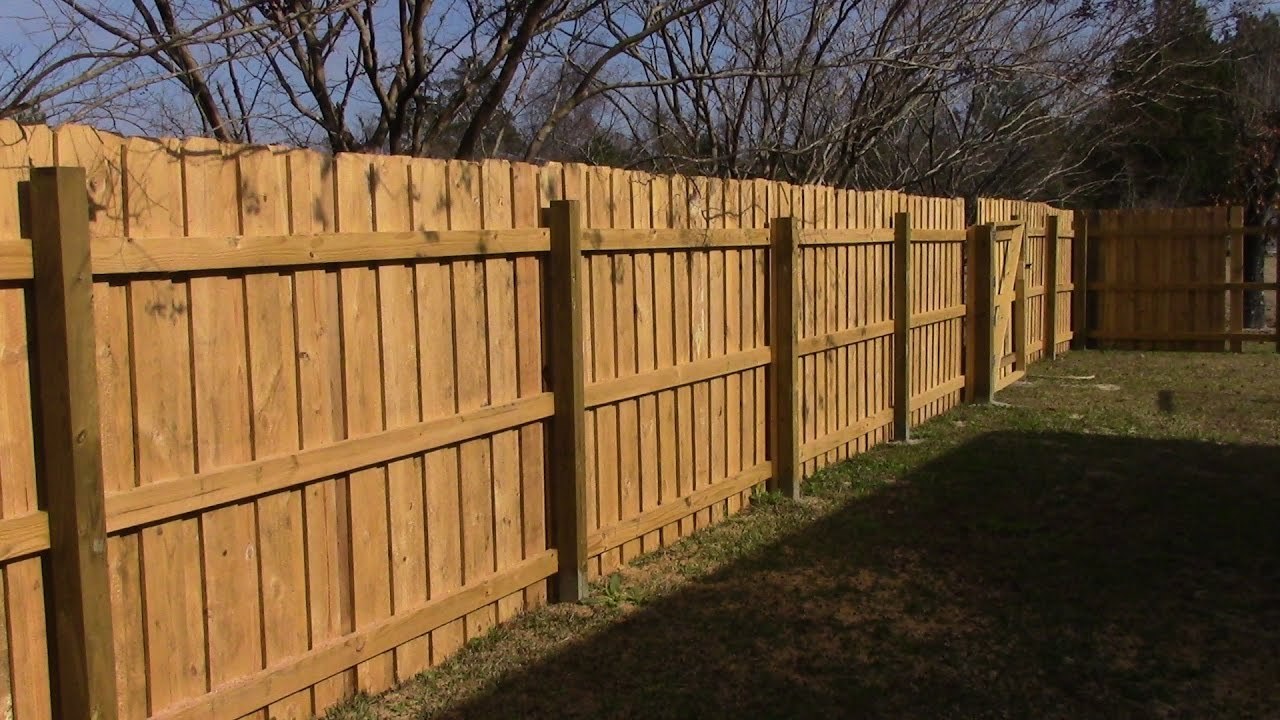
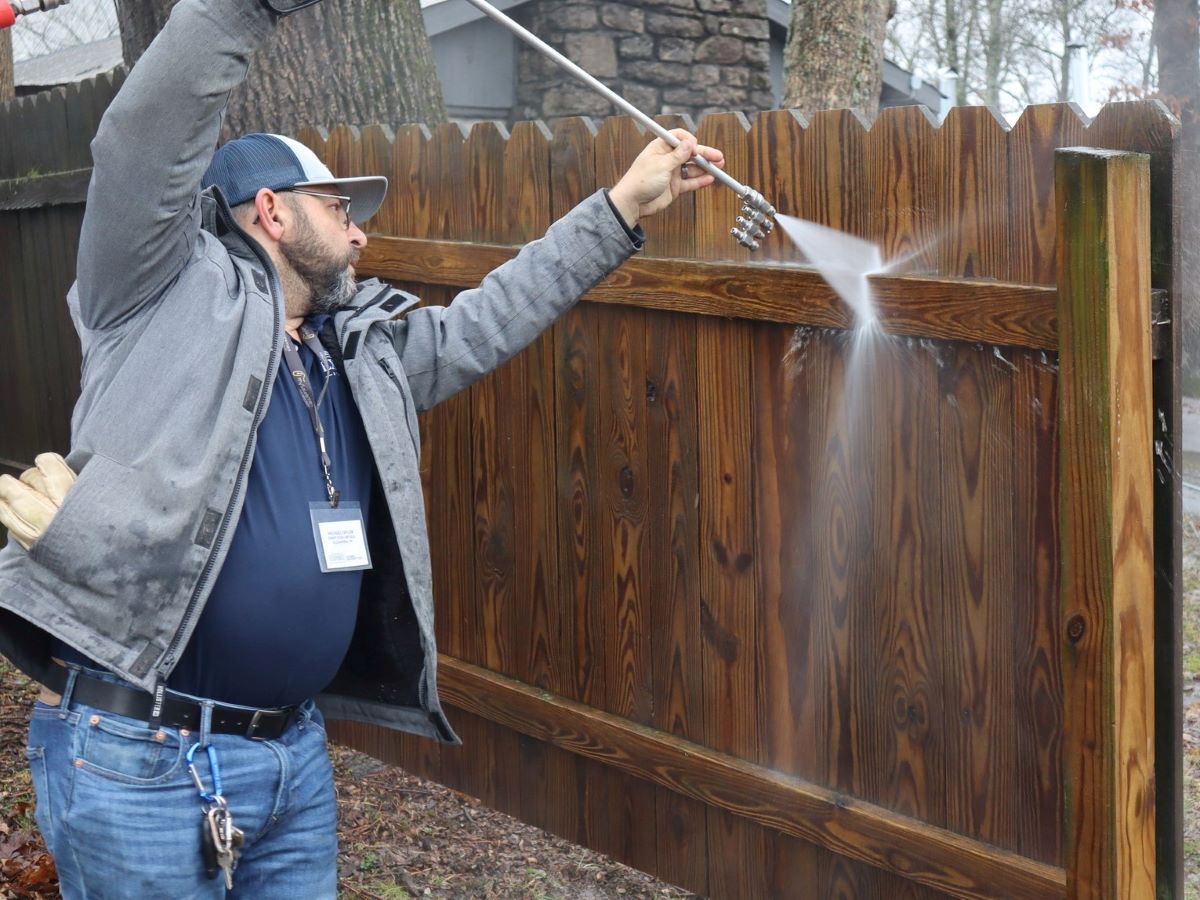
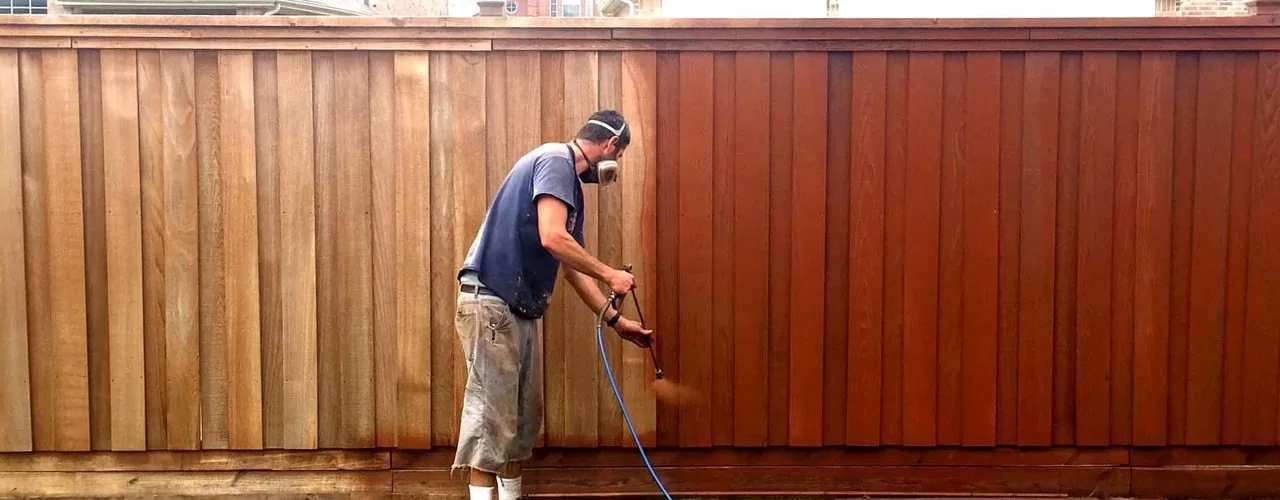
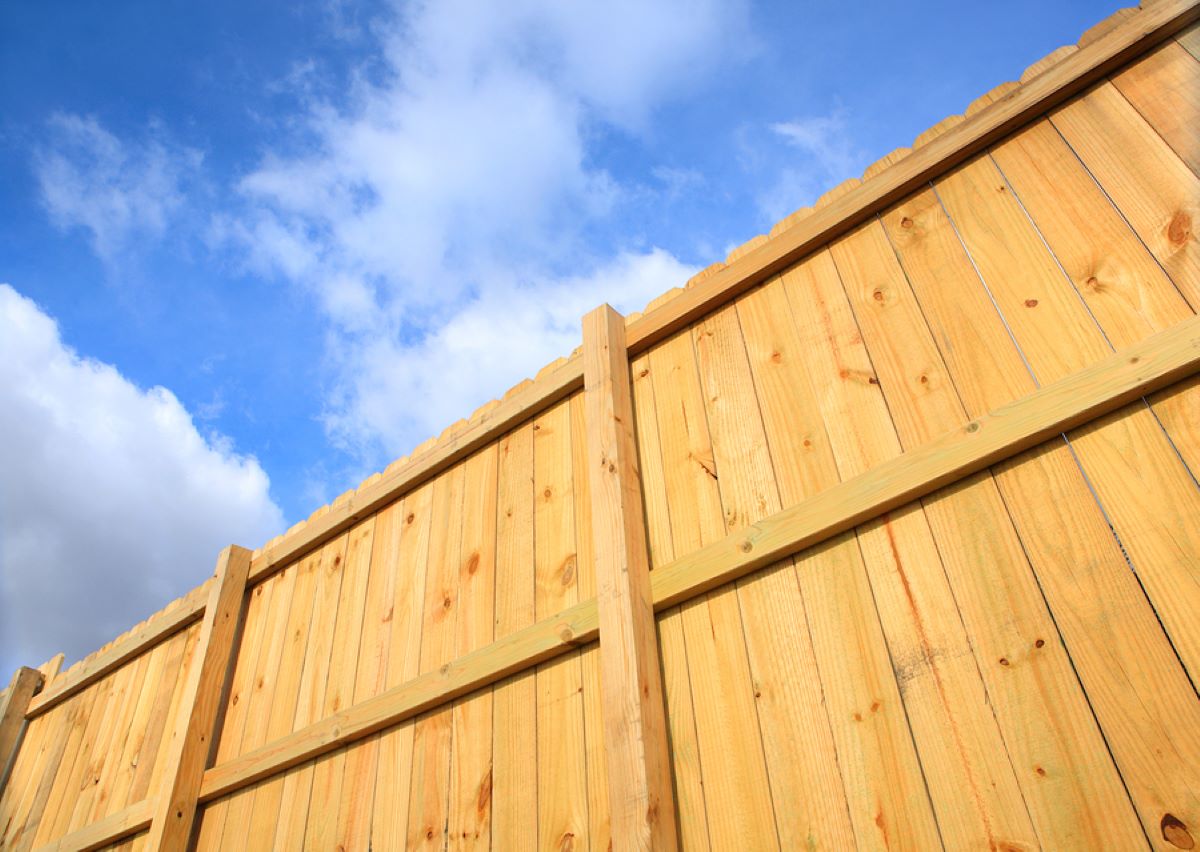
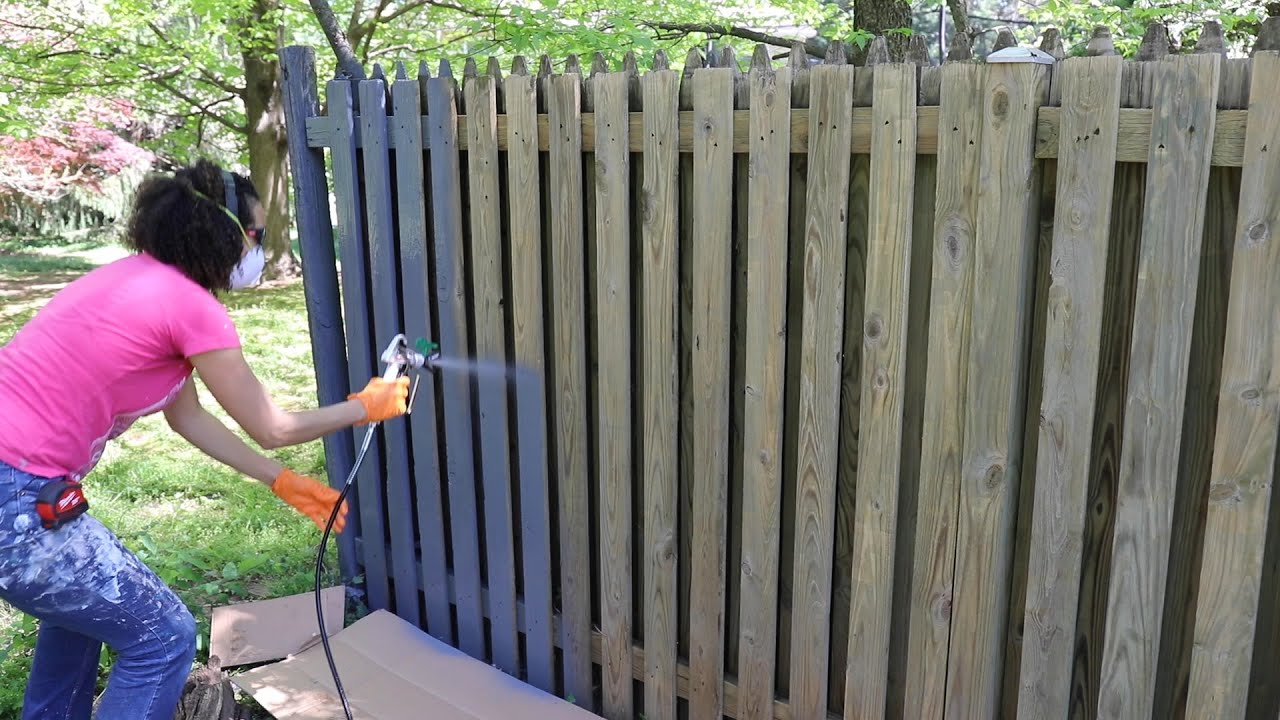
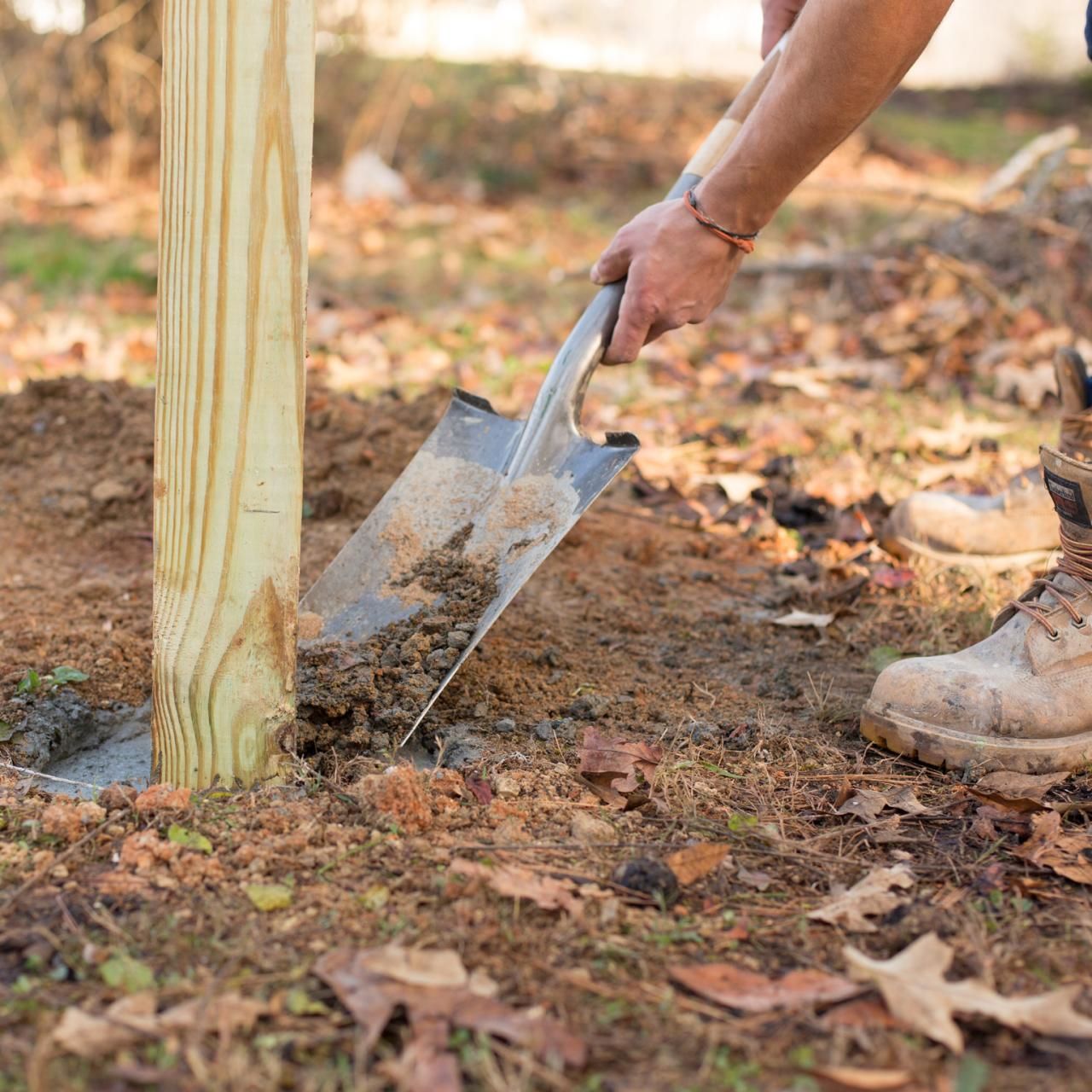
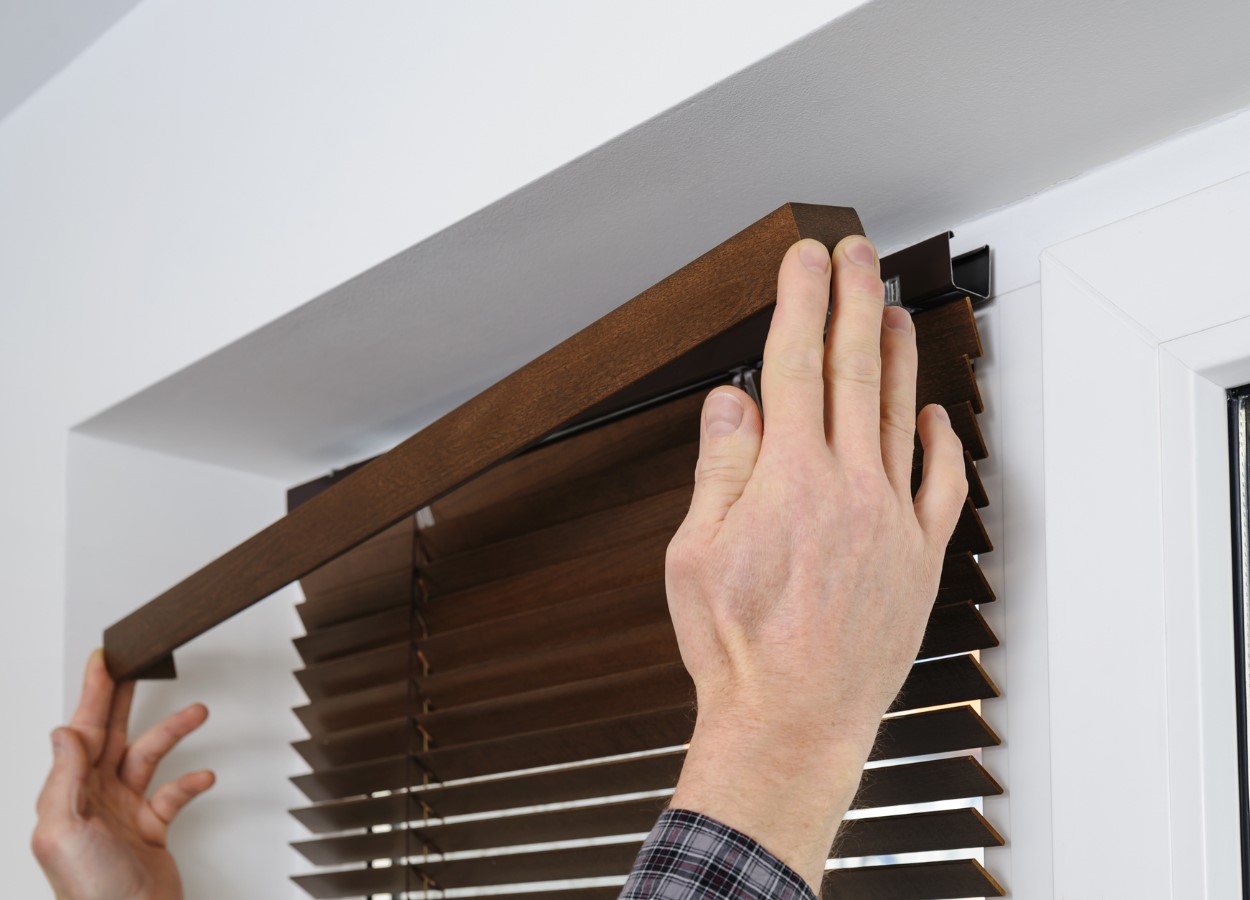
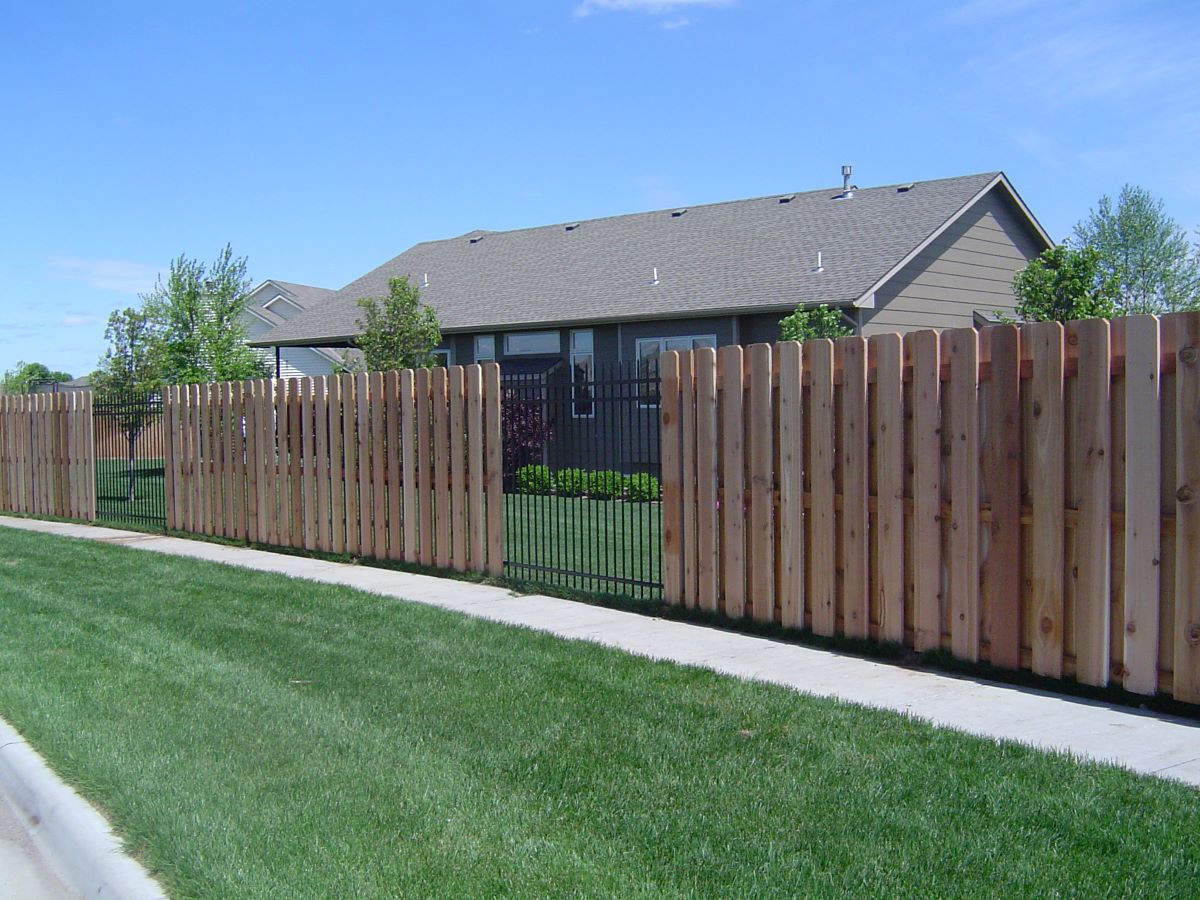
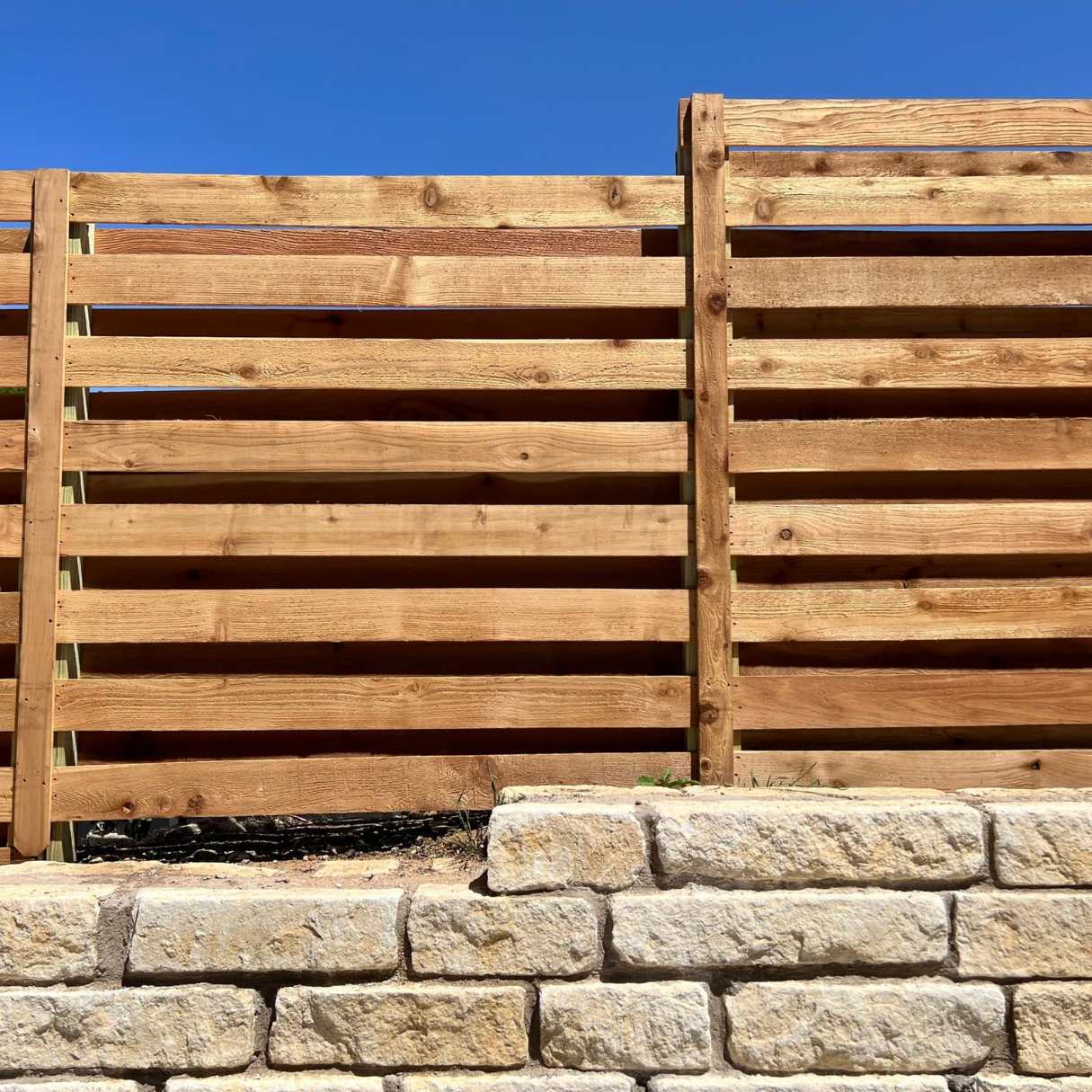
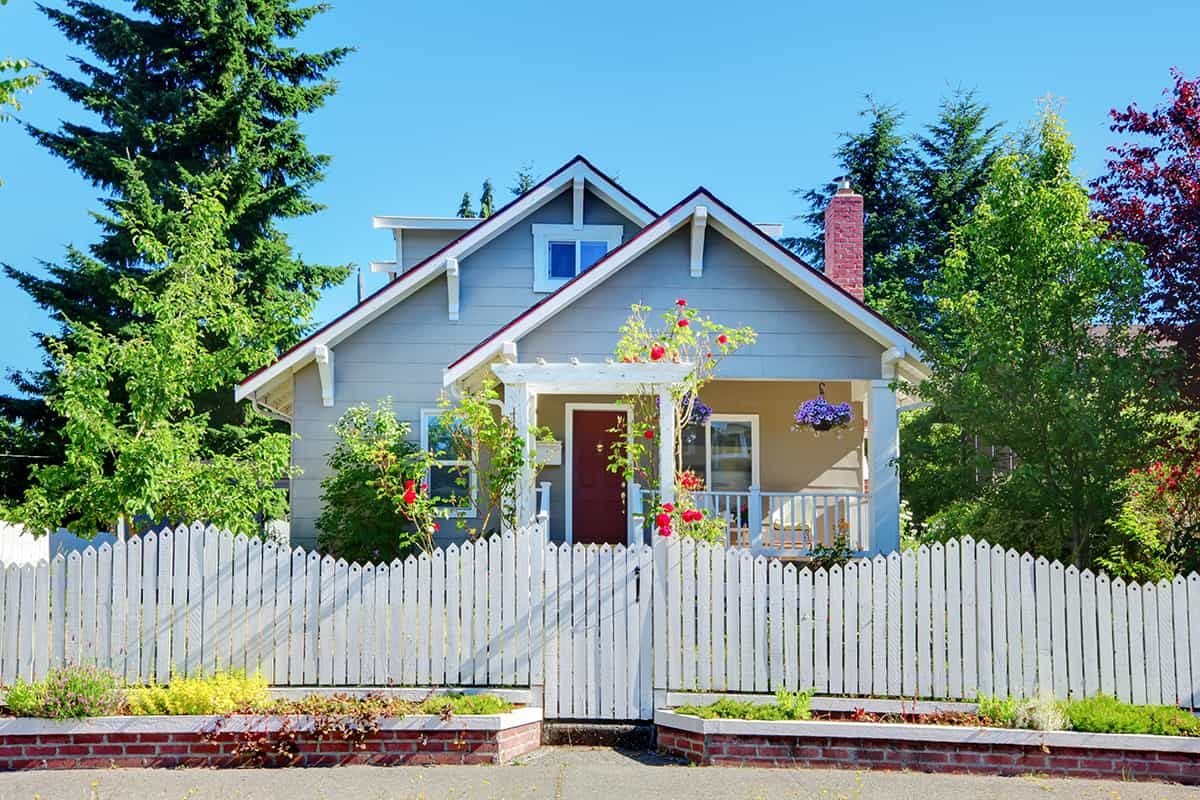
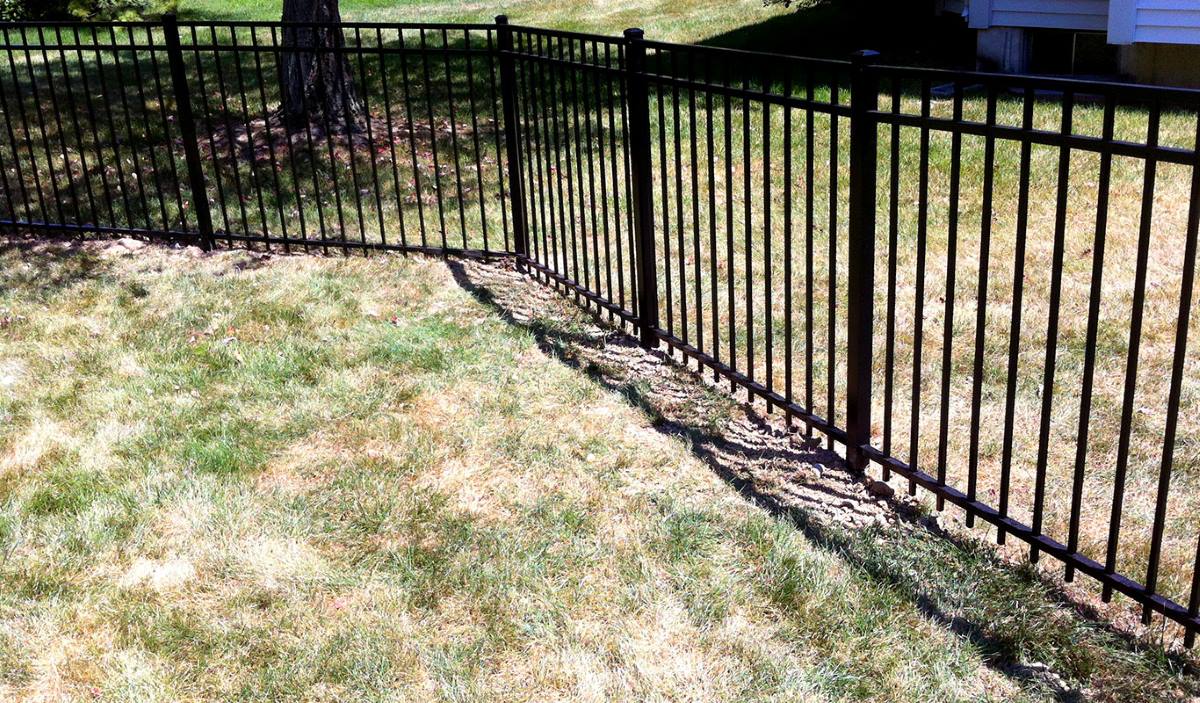
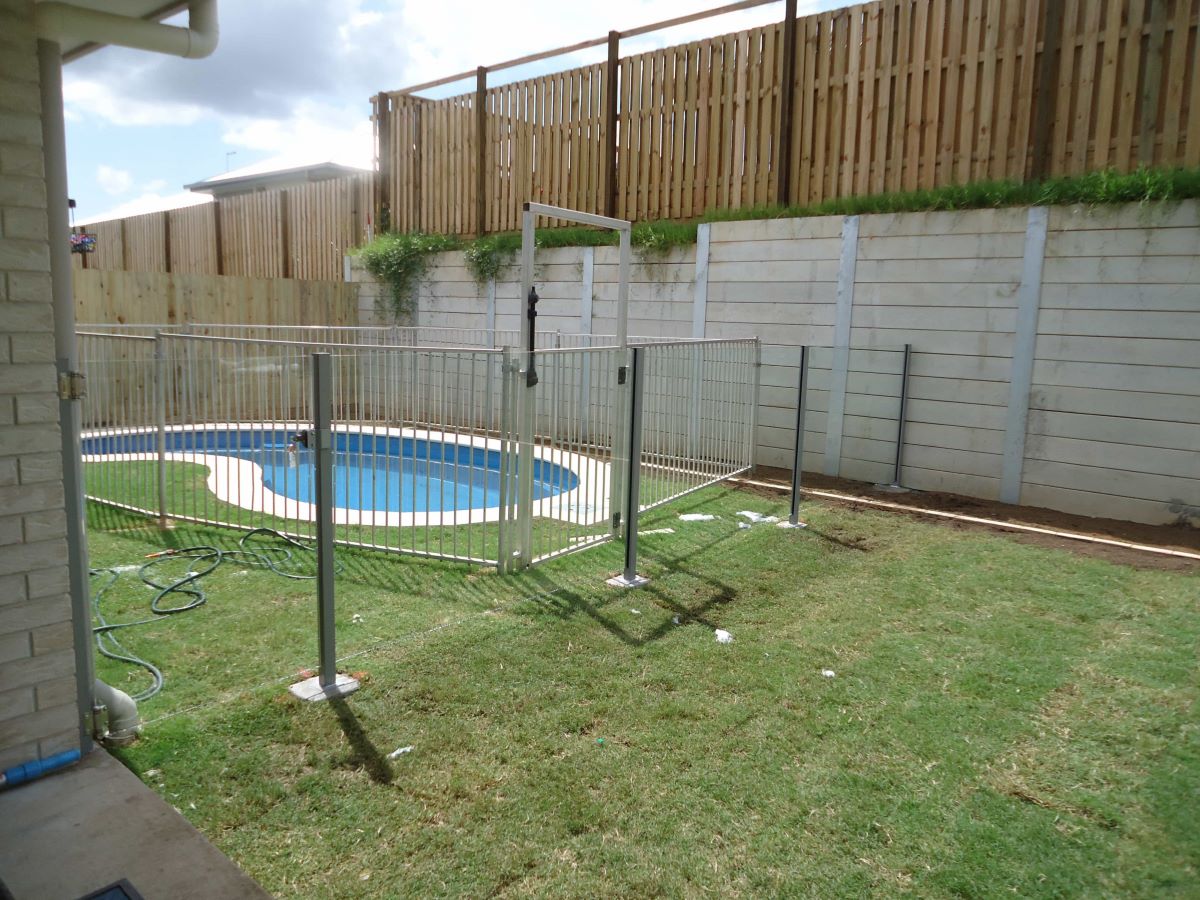
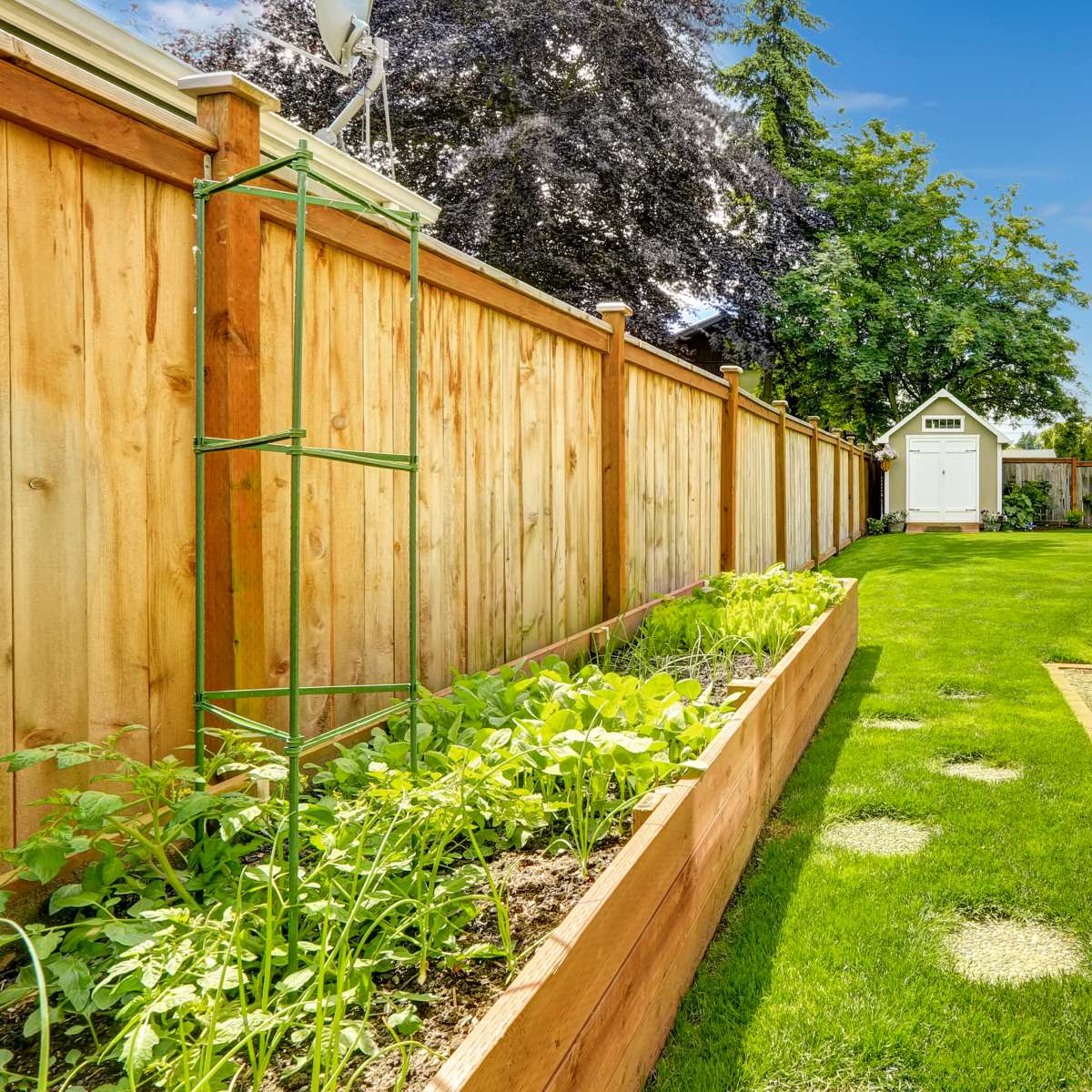

0 thoughts on “How Much To Install A Wooden Fence”